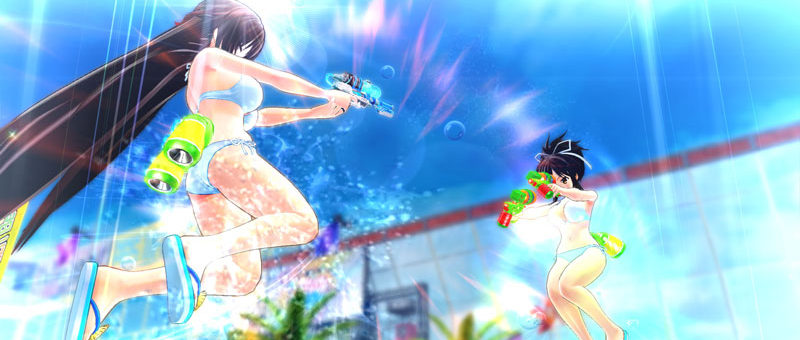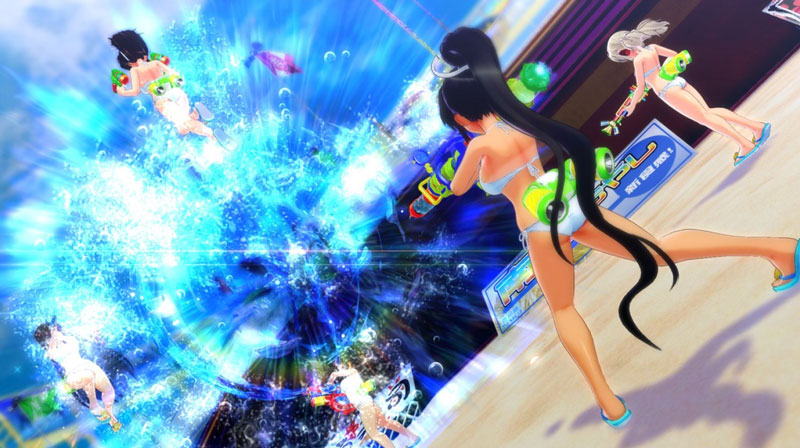
Nintendo is giving fans the wrong idea about video game localisation
Nintendo’s video game localisation troubles have been well documented over the last couple of years. Now we have gaming fans calling on the publisher’s US department to stop localising its games and focus on translation only.
A lot of Nintendo fans are angry about what they call “censorship” when it comes to adapting Japanese titles for Western audiences. However, what these fans are angry about isn’t video game localisation at all; it’s something called culturalisation.
Nintendo is clearly struggling to draw a line between the two and it’s giving fans the wrong idea about video game localisation.
Fans of Japanese games call on Nintendo to translate, not localise games
After years of fan backlashes and mini-scandals, Western enthusiasts of Japanese games are calling on Nintendo to stop localising its exports. These gamers want Nintendo to focus on gaming translation and ditch its controversial video game localisation strategy.
These are the same fans who accuse Nintendo of censoring its games – most notably in the US and EU markets. They’ve seen characters redesigned, mini games removed and storylines changed from the Japanese originals for a multitude of games over the years.
However, Nintendo and its fans seem to be getting confused between the practices of video game localisation and culturalisation. Video game localisation involves the optimisation of games for the best possible gaming translation and compatibility for international platforms.
What Nintendo is getting criticised for by some of its most loyal fans is the culturalisation of its games, storylines and characters for Western audiences. This is what many are calling “censorship” and it’s a difficult situation for Nintendo, given the kind of content coming out of the Japanese gaming industry.
Nintendo’s culturalisation woes

In March this year, Japanese publisher, Tamsoft, released the PS4 title Senran Kagura: Peach Beach Splash. The game is a third-person shooter that involves bikini-clad girls shooting each other with water pistols. That’s pretty much it.
In Japan, this kind of content is standard stuff and there’s certainly more explicit material readily available. Things in the US and EU are very different, though – and this is where Nintendo is running into problems.
In 2015, there was uproar among gamers over Nintendo’s “video game localisation” of Xenoblade Chronicles X for US audiences. The publisher removed bikini outfits from the main character’s wardrobe and a slider that changes the size of breasts on custom characters they can create.
There was also an outcry over Nintendo’s handling of Fire Emblem: Fates after it removed scenes criticised as containing homophobic content. Last year, there was also fan anger at the removal of some waistline details in Tokyo Mirage Sessions.
One of the strangest localization changes I’ve ever seen. They removed her stomach definition. #TokyoMirageSessions pic.twitter.com/w8fjUpbtQN
— Best Mom Eva (@mombot) May 14, 2016
In the comparison above, two waistline shadows have been removed and the bikini top made less revealing in the US version.
The problem for Nintendo is it has multiple parties to please with its titles. Fans of Japanese games want to experience the closest possible version of the original titles and they’re angry about the publisher’s culturalisation process. While media regulators, parents and even the UN are concerned about the explicit nature of many Japanese games.
There’s a serious culture divide here and Nintendo is stuck in the middle.
What does this mean for the video game industry?
It’s not our place to comment on the sexual content in Japanese media, but one thing is clear. The representation of women and sexualisation of female characters is a serious topic in Western cultures right now. Likewise, it’s neither our place to comment on where these lines should be drawn but it’s important we use the correct terminology in these scenarios.
We’ve asked the question before whether video game localisation is getting a bad name. This certainly seems to be the case among certain Nintendo fans but what they’re angry about isn’t video game localisation at all. It’s important people in the industry use and define these terms correctly, because they serve very different functions and often touch on sensitive topics.
Nintendo certainly has a difficult job on its hands when it comes to releasing its games for global audiences. Perhaps it should start by being more transparent about its video game localisation processes. A good place to start would be explaining the difference between localisation and culturalisation to its fans.
- Posted by Alexandra Kravariti
- On 19th July 2017
- 0 Comments



0 Comments